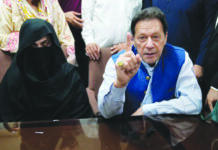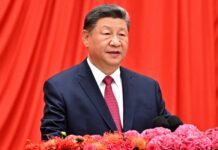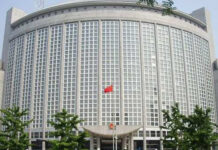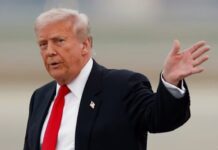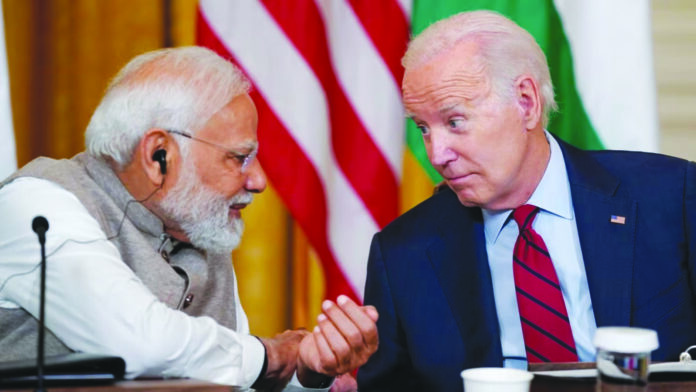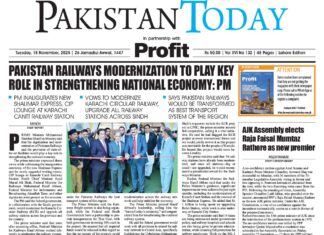Indian Prime Minister Narendra Modi’s visit to the USA has sparked discussions and raised concerns about human rights issues in India. This visit marks a significant shift in relations between the two countries, as Modi, once denied a visa due to religious freedom violations, is now being warmly embraced by the White House. While the visit aims to strengthen defence, trade, and technology ties, it also brings attention to the human rights situation in India and the Hindu nationalist politics of Modi’s ruling party.
Modi’s visit to the USA put the Biden Administration to the test, as it raised concerns about human rights abuses in India. Human rights organizations urged the White House to address these challenges during the visit. However, as expected, Biden raised these concerns privately rather than publicly lecturing Modi. The relationship between the USA and India extends beyond human rights issues, encompassing common interests in healthcare, climate change, education, and technology. Both countries also share concerns about China’s influence, making the strategic partnership crucial. Nonetheless, critics argued that addressing human rights concerns should have been an integral part of the dialogue between the two leaders.
Several human rights concerns have been raised regarding India under Modi’s leadership. Critics highlight issues such as religious freedom, violence against minorities, erosion of democratic principles, and press freedoms. The controversial amendments to India’s citizenship laws have been a subject of criticism, as they are seen as discriminatory. Advocacy groups have expressed concerns about the decline in press freedom, internet shutdowns, and the treatment of dissidents and journalists. These concerns have triggered protests by US rights groups during Modi’s visit. Some US lawmakers and human rights advocates have called for a more robust stance on human rights, highlighting India’s record on religious freedom, civil liberties, and democratic principles. The visit has also faced criticism from those who believe that the USA is prioritizing cooperation over addressing rights violations. The outcomes of the visit may shape the perception of the Biden Administration’s commitment to promoting democracy and human rights globally.
Despite human rights concerns, the Biden Administration views India as a long-term partner in countering China’s influence and tackling global challenges. The Indo-Pacific strategy plays a crucial role in this approach, as India’s strategic positioning allows it to maintain relations with both Russia and the West. India’s shifting defence relationships, with a move away from Russian military equipment, have been noted. The defence roadmap between India and the USA is a key aspect of Modi’s visit, highlighting the robust and dynamic defence relationship between the two countries.
Modi’s visit, as expected, yielded trade and defence deals, with a focus on shared concerns over China’s military aggression. Agreements on jet engine production, the sale of armed drones, and plans to bolster India’s semiconductor industry have been announced. The collaboration between the USA and India in defence and semiconductor manufacturing is a significant outcome of the visit. These deals aim to enhance the defence relationship and promote technological cooperation between the two countries.
Russia’s response to Modi’s visit to the USA is influenced by its complex dynamics with both India and the USA. While India has historically been a major buyer of Russian military equipment, Modi’s efforts to reduce India’s reliance on Russian weaponry raise concerns for Moscow. The US-India joint statement expressed concern over the conflict in Ukraine and pledged support for post-conflict reconstruction.
China has been closely observing the developments surrounding Modi’s visit to the USA. The joint statement issued by President Biden and Prime Minister Modi emphasized the importance of a rules-based international order and expressed concerns about coercive actions and attempts to change the status quo by force.
While the statement did not directly mention China, it implicitly conveyed a message against its assertive behaviour in the Indo-Pacific region. China is likely to view the strengthening of the US-India partnership as a challenge to its regional influence. The deepening defence cooperation and technology partnerships discussed during the visit indicate a growing alignment between the USA and India in countering China’s economic and military advancements. As India diversifies its sources of defence equipment away from Russia, this could further strain the China-Russia-India relationship.
Russia’s response to Modi’s visit to the USA is influenced by its complex dynamics with both India and the USA. While India has historically been a major buyer of Russian military equipment, Modi’s efforts to reduce India’s reliance on Russian weaponry raise concerns for Moscow. The US-India joint statement expressed concern over the conflict in Ukraine and pledged support for post-conflict reconstruction. This aligns with the US position and highlights Russia’s actions in Ukraine as a point of contention. The evolving defence cooperation between India and the USA, including the potential procurement of Sea Guardian drones, signals India’s interest in diversifying its defence suppliers and technology partners. These developments could impact Russia’s defence industry and its relationship with India. However, it is important to note that India and Russia still maintain strong bilateral ties in various areas, including energy cooperation and space exploration.



